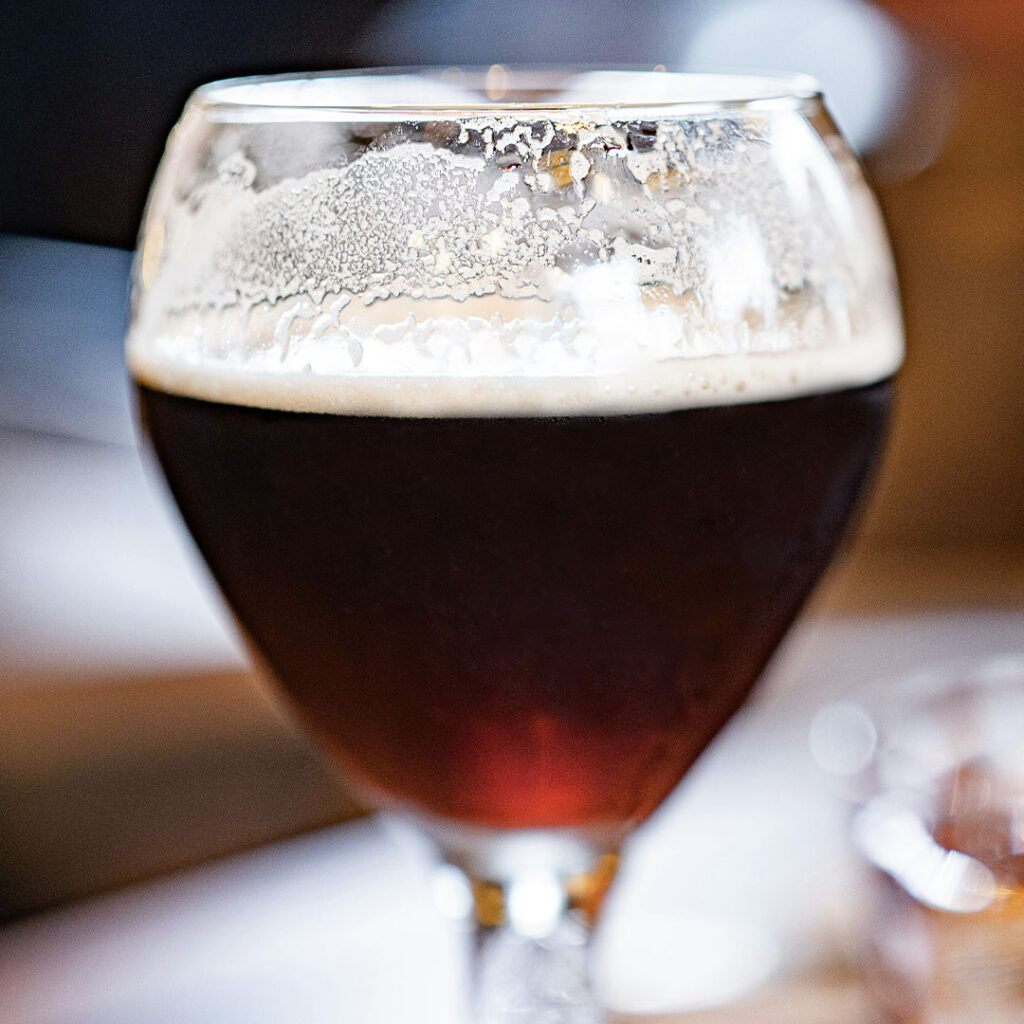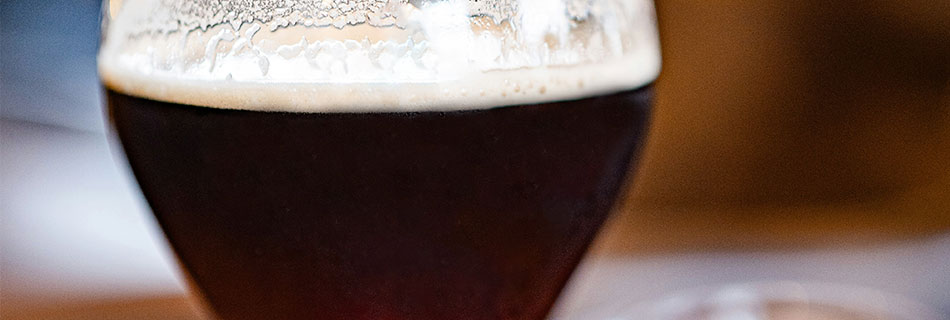The Belgian Dubbel is a rich, malty beer style that has captivated beer enthusiasts with its deep flavours and fascinating history. Originating in Belgium, this beer is closely linked to Trappist breweries, where monks have crafted exceptional brews for centuries. Moreover, the Belgian Dubbel recipe is known for its dark amber to brown colour and offers a complex profile with notes of dark fruit, caramel, and subtle spices.
The roots of the Belgian Dubbel trace back to Trappist monks in the Middle Ages. Since 1856, when the first version was brewed, this style has evolved while preserving its monastic charm and dedication to quality. Specifically, the term “Dubbel” literally means “double” in Dutch. This name emerged because these beers typically contain twice the malt content of the original monastery brews. Consequently, this higher malt content results in a stronger, richer beer.
In the early 20th century, Belgian brewers faced growing competition from lighter lagers, which were becoming increasingly popular across Europe. To stand out, Trappist breweries emphasised the traditional and robust characteristics of their Dubbels. As a result, they successfully preserved their cultural and historical significance. Even today, the Belgian Dubbel remains a testament to the country’s rich brewing heritage. Each sip tells a story of centuries-old traditions, monastic dedication, and a deep-seated passion for brewing.

| Original gravity | 1062 – 1075 |
| Final gravity | 1008 – 1018 |
| Colour EBC | 20 – 24 |
| Colour Lovibond | 8 – 13 |
| IBU | 15 – 33 |
| ABV % | 6 – 7.6 |
Grain bill
- Pilsner Malt: The base malt, typically making up 60-70% of the grain bill. This light malt provides most of the fermentable sugars.
- Munich and/or Amber Malt: About 15-25% of the grain bill. These malts add a deep maltiness and enhance overall complexity.
- Cara Malts: A combination of lighter (for sweetness and caramel flavours) and darker varieties (for aromas of raisins and plums) is recommended (total 5-15%).
- Dark Candi Sugar: Usually 5-10%. Candi sugar boosts the ABV without adding body and imparts distinctive flavours such as caramel, toffee, and dark fruit.
| Variety | Quantity | Quantity | Colour EBC | Colour ºL | Ratio |
|---|---|---|---|---|---|
| Swaen Pilsner | 4 kg | 8.8 lb | 4 | 2 | 65% |
| Swaen Amber | 1.2 kg | 2.6 lb | 50 | 19 | 20% |
| Gold Swaen Classic | 0.4 kg | 0.9 lb | 120 | 45 | 7% |
| Gold Swaen Aroma | 0.2 kg | 0.45 lb | 400 | 150 | 3% |
| Dark Candi Sugar* | 0.4 kg | 0.9 lb | 10 | 3.7 | 5% |
* For best results, add the sugar five minutes before the end of the boil.
Mash schedule:
60′ at 65 °C (149 F)
30′ at 72 °C (162 F)
5′ at 78 °C (172 F)
Hops
The aim is to achieve a balanced bitterness that complements the malt sweetness. Therefore, Saaz hops, with their mild bitterness and herbal aroma, are ideal. Additionally, keeping flavour and aroma additions modest allows the yeast and malt profile to shine in the Belgian Dubbel recipe.
| Variety | Quantity | Quantity | Duration | Alpha acid | IBU |
|---|---|---|---|---|---|
| Saaz | 30 g | 1.1 oz | 60 min. | 4% | 12 |
| Saaz | 20 g | 0.7 oz | 15 min. | 4% | 4 |
Yeast
The choice of yeast is crucial, as it significantly shapes the beer’s complex flavour profile, including fruity esters and spicy notes. Therefore, Belgian Trappist or Abbey-style yeast strains are recommended. Initially, start fermentation at the lower end of the yeast’s temperature range, around 18-20°C (64-68°F). This approach helps control the production of esters and phenols, preventing the beer from becoming overly fruity or spicy. Then, after the first few days, gradually raise the temperature to 22-24°C (72-75°F). This step ensures complete attenuation and helps the yeast clean up any undesirable by-products.
| Temperature | Attenuation | Flocculation | Alcohol tolerance |
|---|---|---|---|
| 18 – 25⁰C | High | High | High |
Results
Ultimately, this process produces a beer with a complex malt profile, fruity esters, and a slight sweetness.
| Batch size | 19 L / 5 gallon |
| Efficiency | 70% |
| Original gravity | 1067 |
| Final gravity | 1013 |
| Colour EBC | 32 |
| Colour Lovibond | 12 |
| IBU | 16 |
| ABV % | 7.1 |
| Carbonation | 2.5 |
| pH | 5.2 |
Appearance
Expect an amber colour with a creamy foam.
Taste profile
A malty beer featuring light caramel, toast, toffee, and fruit flavours.
Food pairing
This beer pairs exceptionally well with aged cheese, roast pork, beef stew, duck breast, and even chocolate cake. Moreover, its rich maltiness enhances the depth of these dishes, making each bite more satisfying.


